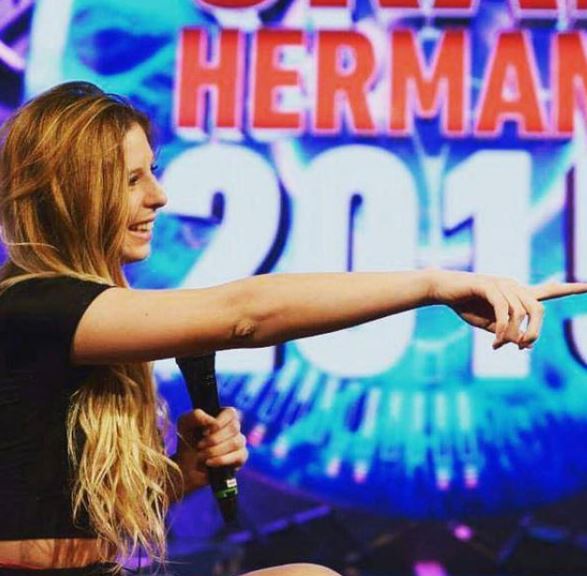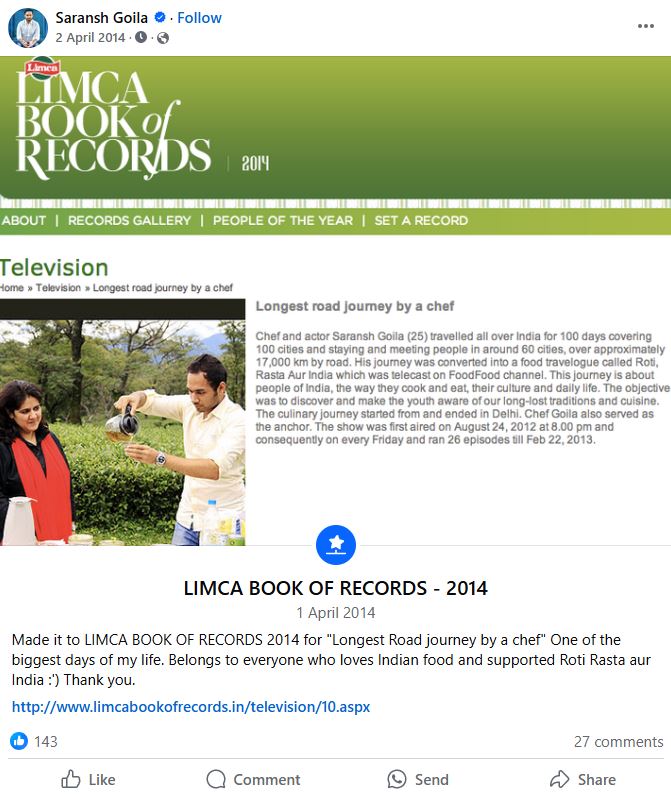Quick Info→
Death Date: 23/06/2025
Age: 77 Years
Death Cause: Cardiac Arrest
Some Lesser Known Facts About Dilip Doshi
- Dilip Doshi was born in Rajkot but grew up in Kolkata, where his father ran a trading business.
- Dilip was the eldest sibling among all his brothers. His brother, Naren Doshi, was his cricket partner during his childhood.
- In the initial days of his cricket career, Doshi played in the Rohinton Baria Trophy for Calcutta University. For this, he first enrolled at St. Xavier’s College and later at Law College so he could keep playing in the tournament.
- Later, Doshi relocated to Mumbai to continue his practice, as it was difficult to do so in Kolkata during the rainy season. He also moved there to participate in monsoon cricket and take part in tournaments like the Kanga League.
- Initially, he was a part of the Cricket Club of India (CCI), but he was a substitute for a major part.
- In his early 20s, Doshi began his domestic cricket career playing for Bengal.
- In his book Spin Punch, Doshi reflected on his early days in Bengal, noting that players from Bengal often had to prove themselves more than those from larger cricketing centres.
- In the late 1960s and 1970s, Dilip Doshi, along with two other left-arm spinners, Padmakar Shivalkar from Bombay and Rajinder Goel from Haryana and Delhi, dominated the Indian domestic cricket scene.
- In an interview, he once mentioned that when he was playing for East Zone against England in the 1970s, the Indian selector Raj Singh Dungarpur didn’t attend the match and instead asked England’s manager Ken Barrington to watch and report if he spotted any player playing well.
- Doshi began his first-class cricket career with Saurashtra but spent the majority of his Ranji Trophy career playing for Bengal. In 1974, he achieved an exceptional feat by taking 6 wickets for just 6 runs against Assam. Throughout his Ranji Trophy career, he achieved a total of 318 wickets, with an impressive average of 18.33.
- With help from Shatrusalyasinhji Jadeja, a former first-class cricketer, Doshi got a chance to get training with Sussex players in England and play in their Second XI league.
- In 1977, he made his county debut for Nottinghamshire County Cricket Club, England.
- Dilip took a total of 157 wickets at an average of 29.22 during his six years at the club, which ultimately brought Doshi to the attention of the national side.
- In September 1979, he made his Indian team Test debut at Chennai, against Australia. In an interview, Doshi revealed that he was in England when he got to know the news. He took a few connecting flights to get to Chennai, where he was being called.
- When he made his debut in Test cricket for India, he was already in his 30s. Doshi performed impressively during that series, and in the final Test match held in Bombay, he emerged as one of the heroes of India’s victory, achieving figures of 5/43 and 3/60. However, his greatest joy came when he took 4/92 at Eden Gardens in Calcutta, his adopted hometown, in front of a crowd of 70,000 fans.
- After this series, Doshi’s place in the Indian Test team became permanent. He also became the go-to man for captain Kapil Dev. Unfortunately, in the next few years, he failed to give a good performance as a bowler at the international level.
- Dilip Doshi, alongside Clarrie Grimmett, Saeed Ajmal, and Ryan Harris, was one of only four Test bowlers to debut after the age of thirty and take more than 100 wickets.
- He was considered one of the worst batsmen in Test cricket history, having a batting average of only 4.60. Doshi holds the record for the most Test match innings in a career without ever batting higher than number 11 in the batting order, having played 38 innings in that position.
- Dilip made his ODI debut during the 1980–81 India tour of Australia. Dilip played only 15 ODIs for Team India.
- In 1981, during the Melbourne Test series, Doshi took 3 Wickets in the first inning and 2 Wickets in the second inning. However, one knows that he had a fracture in his leg while playing this Test series. After many days, in an interview, Doshi revealed this saying,
There was a fracture in my leg but still I said that I want to play. Every evening I used to get Extracorporeal Shockwave Therapy (ESWT) in my leg, it was very painful but at the same time, it used to reduce the swelling in my leg because of the fracture. Every next morning I had to put my legs in a bucket full of ice so that my feet could get fit in the shoes! But, very few people will understand that why I had to do that.. I did that because I was rest-assured that we will win the series and I had a crucial role to contribute to it!”
- Doshi’s disagreements with captain Sunil Gavaskar, particularly during the Pakistan tour of 1982-83, significantly impacted his Test career.
- In 1986, he retired from his first-class cricket career. Till then, Doshi played 238 matches and took 898 wickets with 43 five-fors.
- In 1991, he published his autobiography titled “Spin Punch.”
- After his cricket career ended, he migrated to London, where he became a successful businessman. He would divide his time between London, Mumbai and Rajkot. In 1994, he founded a trading company named Entrack India.
- Later, Doshi became a highly successful entrepreneur by introducing Mont Blanc, a luxury pen brand, to India. He expanded the brand successfully, establishing 25 stores throughout the country. After that, he became the first distributor for several other luxury brands.
- Dilip was an avid music lover, which led to a lifelong friendship with Mick Jagger, an English Musician and the Rolling Stones, a rock band in London. He attended over 450 of their concerts from backstage. He was also involved in designing exclusive high-end watches and pens to celebrate each of their 60 albums.
- For the last 16 years, Dilip Doshi had been a vegan.
- He followed a strict workout regimen that included daily walking, yoga, and Pilates.
- Dilip Doshi’s son, Nayan Doshi, is also a left-arm spinner who played for Saurashtra in the Ranji Trophy. He also played for Derbyshire and Surrey in county cricket. In the Indian Premier League (IPL), he was a part of the Royal Challengers Bangalore and the Rajasthan Royals.

















